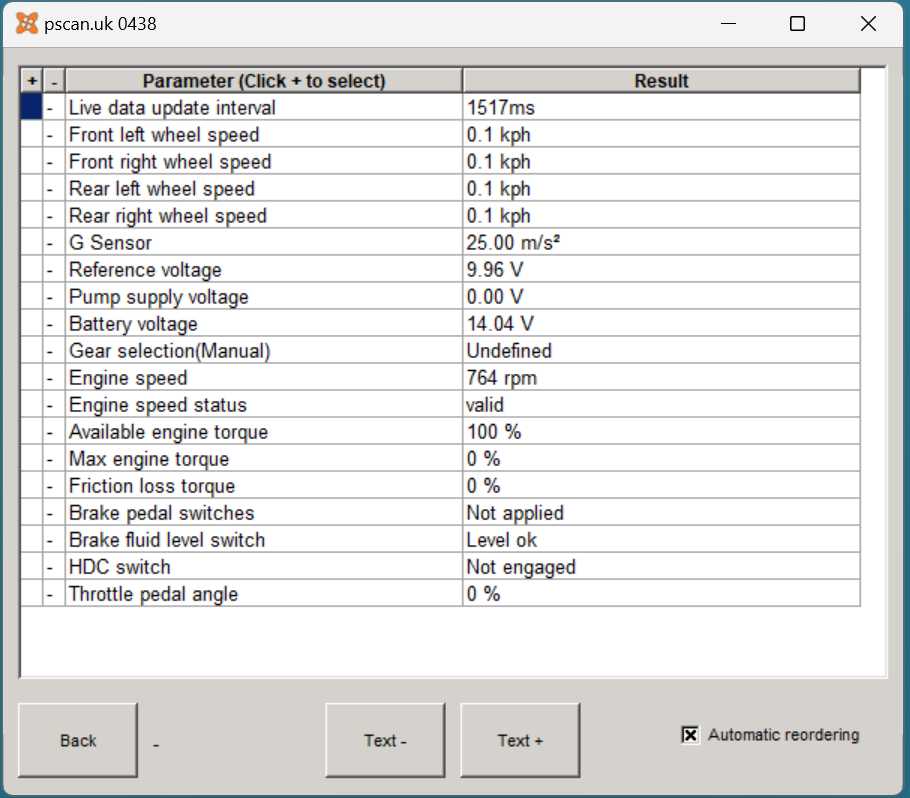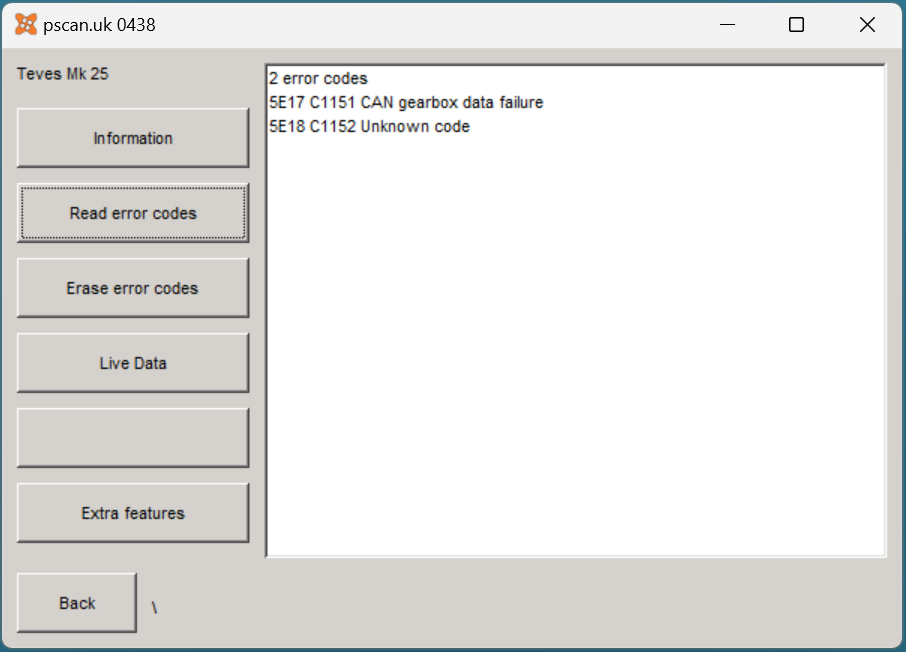andyfreelandy
Well-Known Member
- Posts
- 6,108
- Location
- Devon
There is a switch on the throttle too.
This from RAVE Manual.
Throttle Pedal Switch
The throttle pedal switch is located at the top of the pedal box and secured in a cut-out hole in the fabrication. The switch is a proximity type Hall effect switch which senses a target located on the throttle pedal. The switch is connected on a single wire to pin 77 of ECM connector C0913.
The switch is normally open when the throttle pedal is at rest. When the throttle pedal is depressed, the target on the pedal moves away from the switch causing the switch to close and complete an earth path from the ECM. This is sensed by the ECM which uses the signal as a throttle status to detect for stuck throttle when using Hill Descent Control (HDC). The pedal status is compared with the inputs from the TP sensor to confirm that the throttle
is being depressed.
If the accelerator pedal position sensor input is missing, or the TP sensor input is implausible, the ECM inhibits the
throttle angle message on the CAN bus, which disables the Hill Descent Control (HDC) function of the ABS modulator
This from RAVE Manual.
Throttle Pedal Switch
The throttle pedal switch is located at the top of the pedal box and secured in a cut-out hole in the fabrication. The switch is a proximity type Hall effect switch which senses a target located on the throttle pedal. The switch is connected on a single wire to pin 77 of ECM connector C0913.
The switch is normally open when the throttle pedal is at rest. When the throttle pedal is depressed, the target on the pedal moves away from the switch causing the switch to close and complete an earth path from the ECM. This is sensed by the ECM which uses the signal as a throttle status to detect for stuck throttle when using Hill Descent Control (HDC). The pedal status is compared with the inputs from the TP sensor to confirm that the throttle
is being depressed.
If the accelerator pedal position sensor input is missing, or the TP sensor input is implausible, the ECM inhibits the
throttle angle message on the CAN bus, which disables the Hill Descent Control (HDC) function of the ABS modulator
Last edited:



